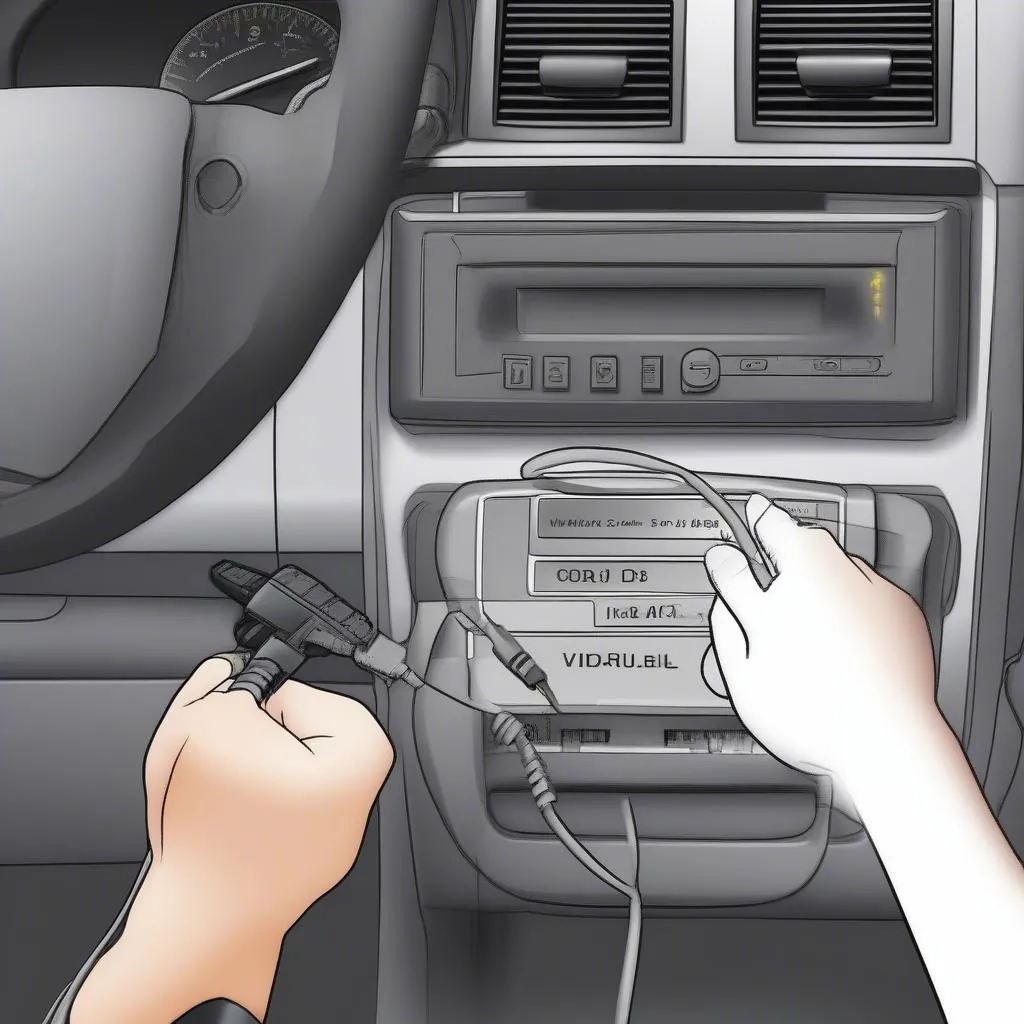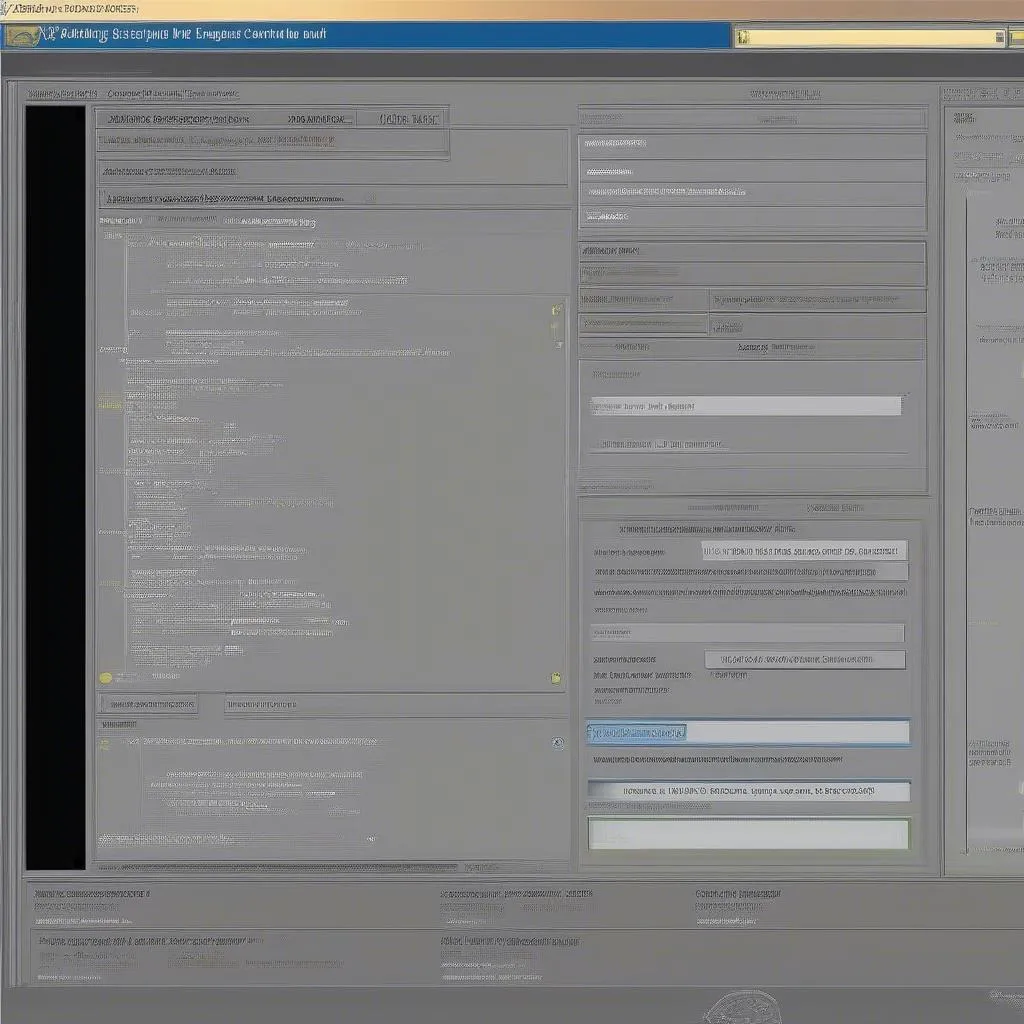“Schubabschaltung” translates to “thrust interruption” or “fuel cut-off during overrun” in English. It’s a fuel-saving feature in many modern vehicles that cuts off fuel supply to the engine when the driver releases the accelerator pedal, for example, when coasting downhill or approaching a traffic light. While beneficial for fuel economy, some drivers find this feature intrusive and prefer a more connected driving experience.
VCDS (Vag-Com Diagnostic System) is a powerful diagnostic software used to access and modify various control units in Volkswagen Audi Group (VAG) vehicles. One of its capabilities is to deactivate Schubabschaltung, giving drivers control over their vehicle’s fuel delivery during overrun.
Deactivating Schubabschaltung with VCDS: A Step-by-Step Guide
Disclaimer: Modifying your vehicle’s settings with VCDS can have unintended consequences. Proceed with caution and consult a qualified automotive electrician if unsure.
Before You Begin: Ensure you have a genuine VCDS interface and the correct software version for your vehicle.
Step 1: Connect your VCDS interface to your vehicle’s OBD-II port and turn on the ignition.
 VCDS interface connected to car's OBD-II port
VCDS interface connected to car's OBD-II port
Step 2: Launch the VCDS software on your computer and establish a connection with your vehicle.
Step 3: Select the relevant control unit for your engine (typically labeled “Engine” or a similar designation).
Step 4: Navigate to the “Coding” or “Adaptation” section within the control unit.
 VCDS software interface showing coding section
VCDS software interface showing coding section
Step 5: Locate the specific coding byte or adaptation channel related to Schubabschaltung. This may vary depending on your vehicle’s model and year. Consult your vehicle’s specific documentation or online resources for guidance.
Step 6: Modify the coding byte or adaptation value to deactivate Schubabschaltung. The exact procedure will depend on your vehicle’s specific settings.
Step 7: Save the changes and exit VCDS.
Step 8: Test drive your vehicle to confirm Schubabschaltung has been successfully deactivated.
Important Notes and Considerations
- Safety First: Deactivating Schubabschaltung can affect your vehicle’s emissions and fuel consumption. Be mindful of the environmental impact and potential wear and tear on your engine components.
- Legal Implications: Modifying your vehicle’s emissions-related systems may not be legal in all areas. Check your local regulations before making any changes.
- Professional Assistance: If you’re unsure about any aspect of this process, consult a qualified automotive electrician or a trusted VAG specialist for assistance.
FAQs about Schubabschaltung and VCDS Deactivation
Q: Will deactivating Schubabschaltung harm my engine?
A: When done correctly, deactivating Schubabschaltung should not cause any direct harm to your engine. However, prolonged coasting with the fuel cut-off deactivated can lead to increased wear on engine components over time.
Q: Can I reactivate Schubabschaltung after deactivating it?
A: Yes, you can always revert the coding changes in VCDS to reactivate Schubabschaltung.
Q: Are there any alternative methods to reduce the intrusiveness of Schubabschaltung?
A: Some vehicles allow adjusting the sensitivity of the Schubabschaltung feature through driving mode selections (e.g., “Eco,” “Comfort,” “Sport”).
